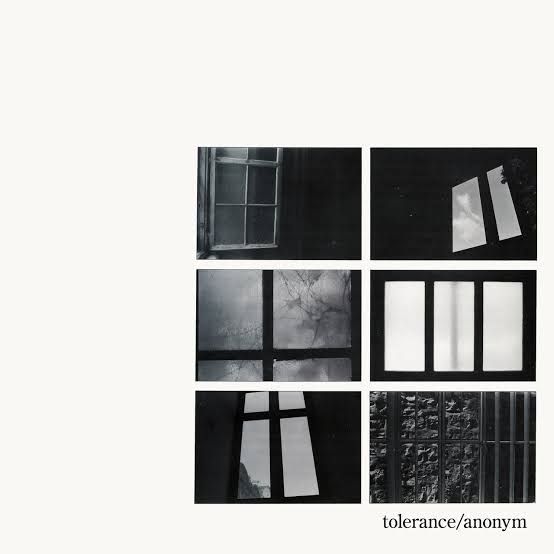The roster of experimental musicians, colloquially known as “the Nurse With Wound list,” was originally printed on the inner sleeve of the debut album by British industrial pioneers in 1979, titled “Chance Meeting on a Dissecting Table of a Sewing Machine and an Umbrella.” Comprising 236 entries initially (later expanded to 291), the list featured a diverse array of rebels and innovators from the 1960s and ’70s: from UK improvisers like AMM to German out-rockers such as Neu!, Can, and Amon Düül; from musique concrète pioneers Luc Ferrari and Pierre Henry to mid-century composers like John Cage, Iannis Xenakis, and Karlheinz Stockhausen; and including names with a less polished historical patina like Horrific Child, Ovary Lodge, and Sphinx Tush.

According to NWW’s Steven Stapleton, the list was conceived as an “attempt to connect with like-minded individuals interested in the same music.” Back then, such connections were challenging to establish, especially without the aid of the internet. International distribution of underground music was erratic, and obscure records often became mythical once out of print. With no books available on the subject, history was still in the making. Thus, the Nurse With Wound list served as a countercultural map, illuminating obscure paths and hidden gems for fellow enthusiasts.
Today, the list remains a relic of a bygone era. Many formerly obscure artists are now widely recognized. Developments like record stores such as Amoeba and Other Music, P2P platforms like Napster and Soulseek, mp3 blogs, and YouTube have filled gaps in many seekers’ knowledge. Yet, one name remains shrouded in mystery: Tolerance, a Japanese artist who released two albums—1979’s “Anonym” and 1981’s “Divin”—before vanishing.
Tolerance came to light through Osaka’s Vanity Records. Founded by musician and journalist Yuzuru Agi, Vanity Records, between 1978 and 1981, explored the outer limits of Japanese avant-rock across 11 full-length albums, flexi-discs, and cassettes. Amidst this highly experimental milieu, Tolerance stood out for their uniqueness, seemingly channeling signals from distant galaxies.
“Anonym” unfolds stealthily, emerging like a cryptic creature from a dark cave. Hissing white noise establishes a faint pulse, while slide guitar tendrils droop like willow branches. Beneath it all, a Rhodes piano meanders between two chords, creating a dreamlike yet unsettling atmosphere. The album continues in this vein, tentatively navigating through a detuned haze, with tracks like “I wanna be a homicide” showcasing a blend of dissonance and murkiness.
Who were Tolerance? Details are scant, with Junko Tange credited for synthesizer, effects, piano, and voice, and Masami Yoshikawa for “effective guitar.” While it was initially assumed to be a duo, evidence suggests that Tolerance may have been Tange’s solo project. The album’s dedication—”to the quiet men from a tiny girl”—hints at this possibility. Regardless of the exact lineup, Tolerance’s music was unparalleled for its time.
“Divin,” Tolerance’s second album, presents a stark contrast to “Anonym.” Tracks like “Pulse Static (Tranqillia)” offer a proto-techno sound, ahead of its time, featuring haunting drum machine beats and analog delay spirals. The album’s glitchy, mechanized aesthetic foreshadows genres like minimal techno, exemplified by tracks like “Sound Round” and “Sacrifice.”
Despite their innovative sound, Tolerance vanished after their second album. Little is known about the artists behind the project, adding to the mystery surrounding their music. Tange and Yoshikawa’s disappearance aligns with the enigmatic nature of their records, leaving behind unanswered questions and a legacy of unorthodox experimentation.
Tolerance’s music remains enigmatic and thought-provoking, inviting listeners to ponder its origins and meaning. The spontaneity and purity of their two albums suggest that perhaps they expressed all they intended to, leaving behind a body of work that continues to intrigue and inspire curiosity.
